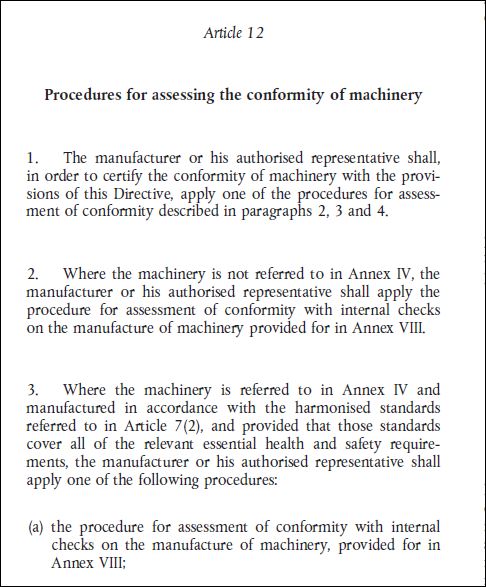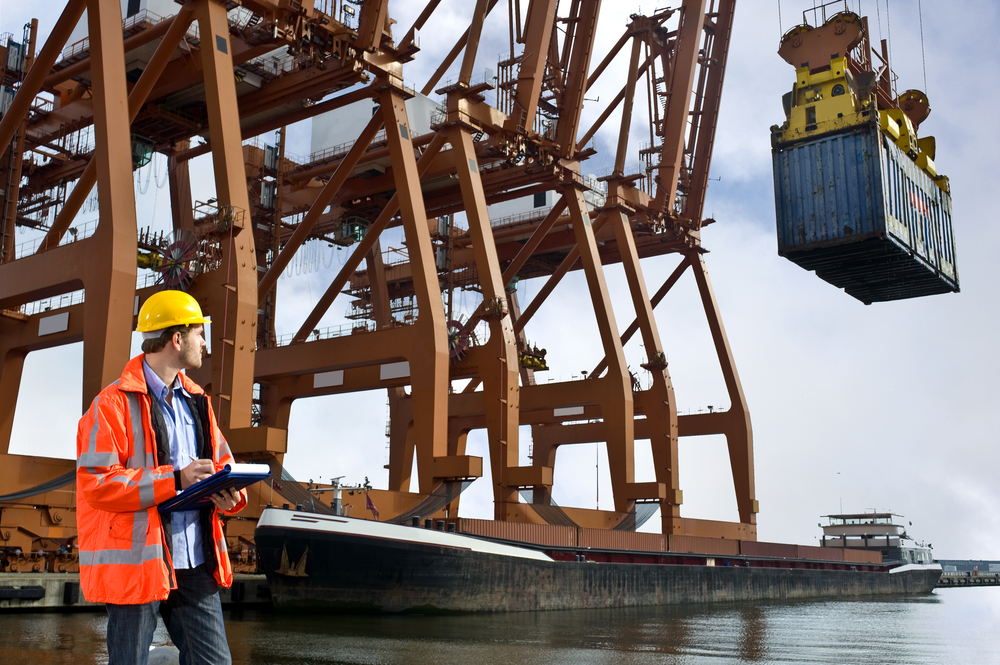The sales department at F2 Labs fields phone calls from primarily US manufacturers. We have heard every scenario imaginable as pertains CE marking, from, “What is CE marking? We are about to disassemble and crate our machine and noticed that CE is required in the purchase agreement,” to, “We have been shipping to Europe for twenty years without a CE marking and have never had a problem.“
Getting your product through customs can seem like a roll of the dice but it is really not that complicated. Here is what you need:
- CE compliant product with a CE marking.
- EU declaration of conformity in the language of whatever country you are sending the equipment to.
- A Technical File at your facility, prepared and stored securely, and ready to deliver to the authorities if your product is stopped.
Note that for item 3 above you must be able to hand over a Technical File to the authorities if asked. Never send it with the product or to your customer. The Technical File is your proprietary information about your device and is your proof that it is compliant and was in a compliant state when sent to the EU. No one has a right to view it outside of your company except the authorities. And if they want it, they will ask for it.
Let’s look at a hypothetical case. One of our customers has a stopped shipment in French customs. The product is a machine and was a model in a series of very similar models in a product family. A series approach to compliance is very routine, particularly with electro-mechanical devices. In most cases we advise that if there is a series of nearly identical equipment then the appropriate route is to test the most complex and “worst-case” configuration, the customer can then use the resulting Technical Reports to justify the compliance of the other models in the series.
The customs authority will next make a request for the Technical File and may indicate, upon review, that our customer’s product cannot proceed because the model that we tested (and indicated in the resulting IEC/EN Technical Reports in the Technical File) is not the same model as the model indicated on the declaration of conformity for the unit that is stopped in customs.
In most cases our customer will contact us at this point and ask for assistance. That is advisable. We can and will help you. We will next make a review of the correspondence between our customer, the international shipper, and the customs official. This will result in the following guidance, almost always:
Machinery Directive 2006/42/EC, Article 12 –
Article 12
Procedures for assessing the conformity of machinery
-
The manufacturer or his authorised representative shall, in order to certify the conformity of machinery with the provisions of this Directive, apply one of the procedures for assessment of conformity described in paragraphs 2, 3 and 4.
-
Where the machinery is not referred to in Annex IV, the manufacturer or his authorised representative shall apply the procedure for assessment of conformity with internal checks on the manufacture of machinery provided for in Annex VIII.
In almost all cases, the manufacturer will follow Article 12 (1), (2), & (3) (a).

Please see Annex VIII, as referenced in Article 12 (3) (a) and note in particular, Annex VIII (2).
ANNEX VIII
Assessment of conformity with internal checks on the manufacture of machinery
-
This Annex describes the procedure by which the manufacturer or his authorised representative, who carries out the obligations laid down in points 2 and 3, ensures and declares that the machinery concerned satisfies the relevant requirements of this Directive.
-
For each representative type of the series in question, the manufacturer or his authorised representative shall draw up the technical file referred to in Annex VII, part A.
-
The manufacturer must take all measures necessary in order that the manufacturing process ensures compliance of the manufactured machinery with the technical file referred to in Annex VII, part A, and with the requirements of this Directive.
We also note the guidance and direction regarding this as presented in the Guide to Application of the Machinery Directive 2006/42/EC, Edition 2.1.
See section 395, para 2:
Section 2 of Annex VIII recalls the obligation of the manufacturer or his authorised representative to draw up a technical file according to Annex VII A 1 for each type of machinery – see §103: comments on Article 5 (1) (b). The technical file must identify the EHSRs applicable to the machinery and describe how they have been fulfilled. The term ‘representative type’ is equivalent to the terms ‘type’ or model – see §392: comments on Annex VII A 1.
Next, see the referenced section 392, para 3 pertaining to ‘representative type’ from the guide –
A technical file is required for each model or type of machinery. The terms ‘model’ or ‘type’ designate machinery with a given design, technical characteristics and application. A type of machinery may be produced in series or as a single unit. One type of machinery may have variants; however, to be considered as belonging to the same type, variants must have the same basic design, present similar hazards and require similar protective measures. The description of the machinery in the technical file must specify any variants of the model or type concerned.
The subject equipment referenced on the declaration of conformity is extremely similar in design, function, and use as the model that was evaluated and tested in our laboratory.
The guidance provided by the European Commission in the Guide to application of the Machinery Directive 2006/42/EC, and displayed above, is the methodology we use when advising US manufacturers in regards to this common situation.
I hope this helps.
The stopped shipment has been immediately released in every case that the above synopsis of the Machinery Directive requirements concerning series manufacture and compliance has been referenced to EU customs officials.
We can be contacted via this link. We can be reached by phone at 877-405-1580 and are here to help you.
F2 Labs is here to help.

